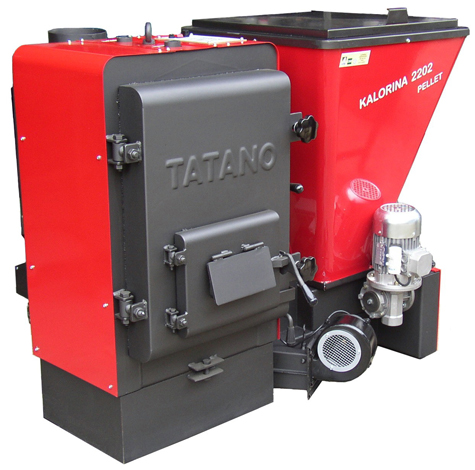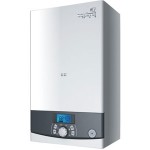Multi Fuel Boiler: Universal Heating System
Highly universal multi fuel boilers are gaining popularity year after year. The secret lies in their unmatchable flexibility: depending on the particular model, there are multiple types of fuels you can burn to heat up water and ensure adequate heating for your living spaces. The exact types of fuel to be used and their various combinations vary from one model to another and should be specified by a particular producer.
As with every technology there are limitations to these boilers’ usage:
- Such heaters are big and bulky which prevents their installation in smaller places;
- There is a need to remove expended ash from the firebox. Depending on the exact model and type of fuel used, ash removal can be necessary once every 1-7 days.
Luckily, the advantages of multi fuel boilers usually outweigh their weaknesses. They are a great alternative for houses of various sizes being especially convenient in rural areas where pipeline gas supply is absent. Oil heaters fueled by kerosene are typically used at such remote locations greatly increasing residential energy costs, as kerosene is much more expensive that natural gas. At the same time, some multi-fuels are more efficient than their gas-only counterparts.

What Is Multi Fuel Boiler?
This technology is yet to really pick up, but according to several separate studies its potential is truly remarkable. Sustainable fuel flexibility and high burning efficiency make each modern multi fuel boiler a great investment for any property owner. As it was mentioned before, they are highly suitable for large houses in the suburban and rural areas.
There are several types of heaters that can be run on two or more different fuels. Some are designed for burning coal and natural gas, while others use biomass as a primary source of energy. Finally, there are most universal models that can use nearly any fuel type to provide heat and hot water.
Biomass Heaters
There are many different kinds of biomass materials that can be used in these boilers. Some of the most important ones include:
- Woodchip;
- Wood logs;
- Wood pellets,
- Miscanthus;
- Stray;
- Willow;
- Hay, etc.
Even grain and cereals can be utilized as fuel. The technology was developed in Northern Europe where it proved to be successful and economically feasible. Biomass turned out to be even cheaper than natural gas. Of course, the availability of biomass material is a major drawback. If it’s not available in immediate proximity, its delivery can greatly add up to its total cost reducing this fuel’s economic attractiveness.
Coal, Gas and Wood Heaters
Such models are similar to gas heaters, but have several improvements that allow usage of multiple fuels. Technologically sound multi fuel boiler elements use all advanced features that can be commonly found in gas models.
For instance, hot exhaust gases from the combustion chamber do not go out the chimney right away. Instead, they are recycled and their heat is used to heat up additional amounts of water. As a result, the efficiency is greatly improved, while fuel consumption and emissions are reduced.
Some of common additional features found in such boilers are:
- Large loading door to allow easy loading of bulky material, e.g. wood or coal;
- Large ash pan for convenient removal of expended ash;
- Variable oxygen supply that depends on the particular fuel type.
If you want to switch to a multi fuel boiler, the best strategy is to think in advance about the types of fuel that are available near you. Ensure at least two to three different fuels available in close proximity.
- popular
- new






